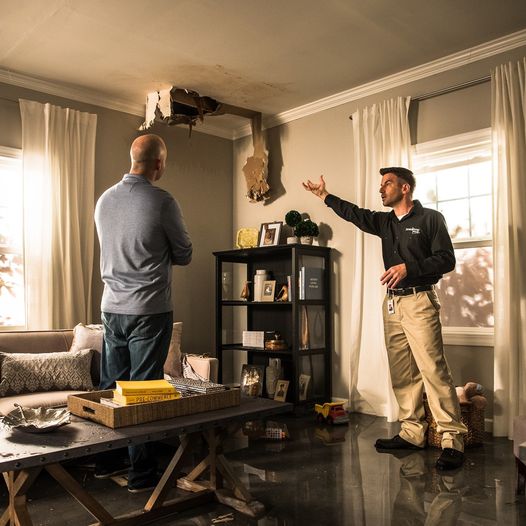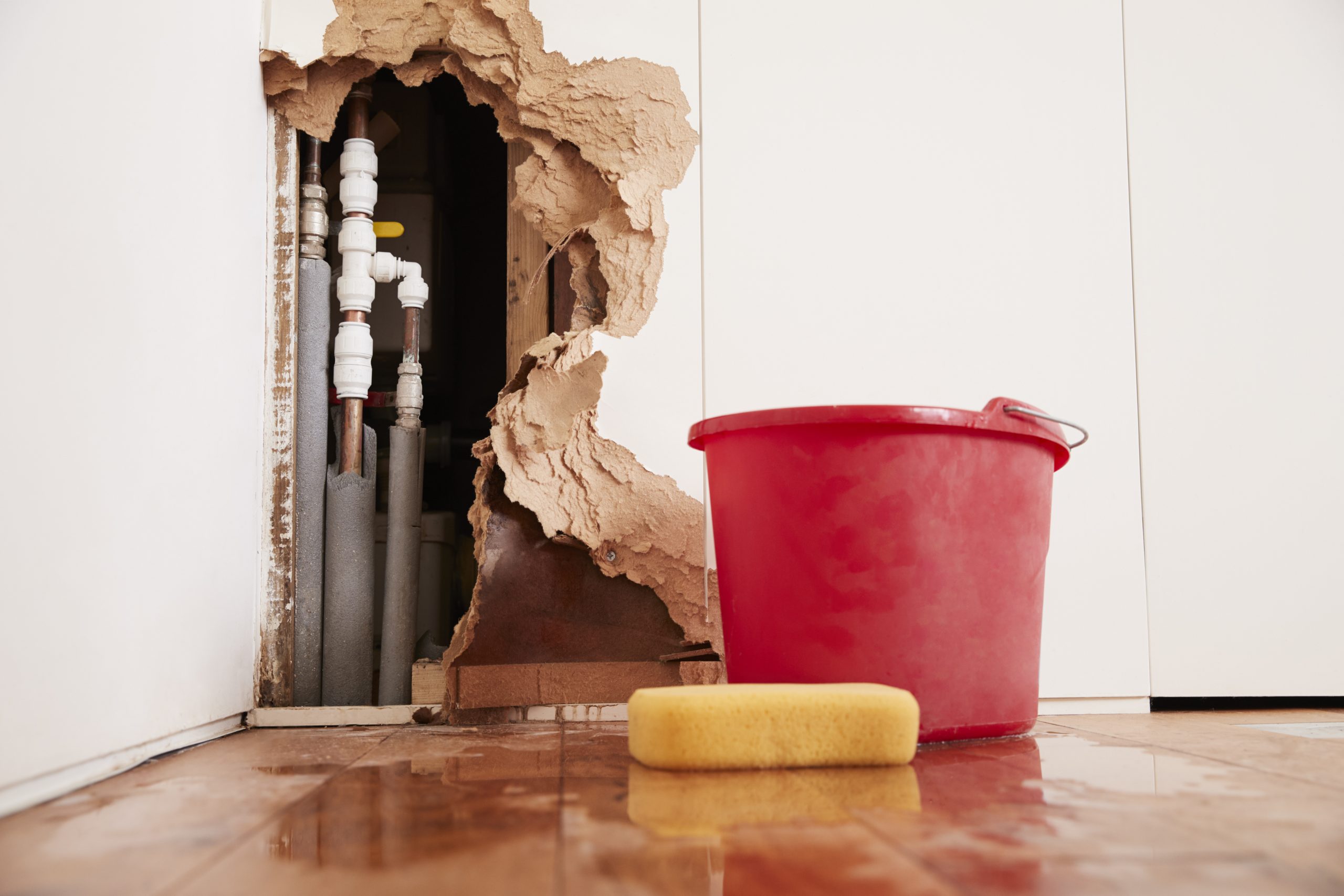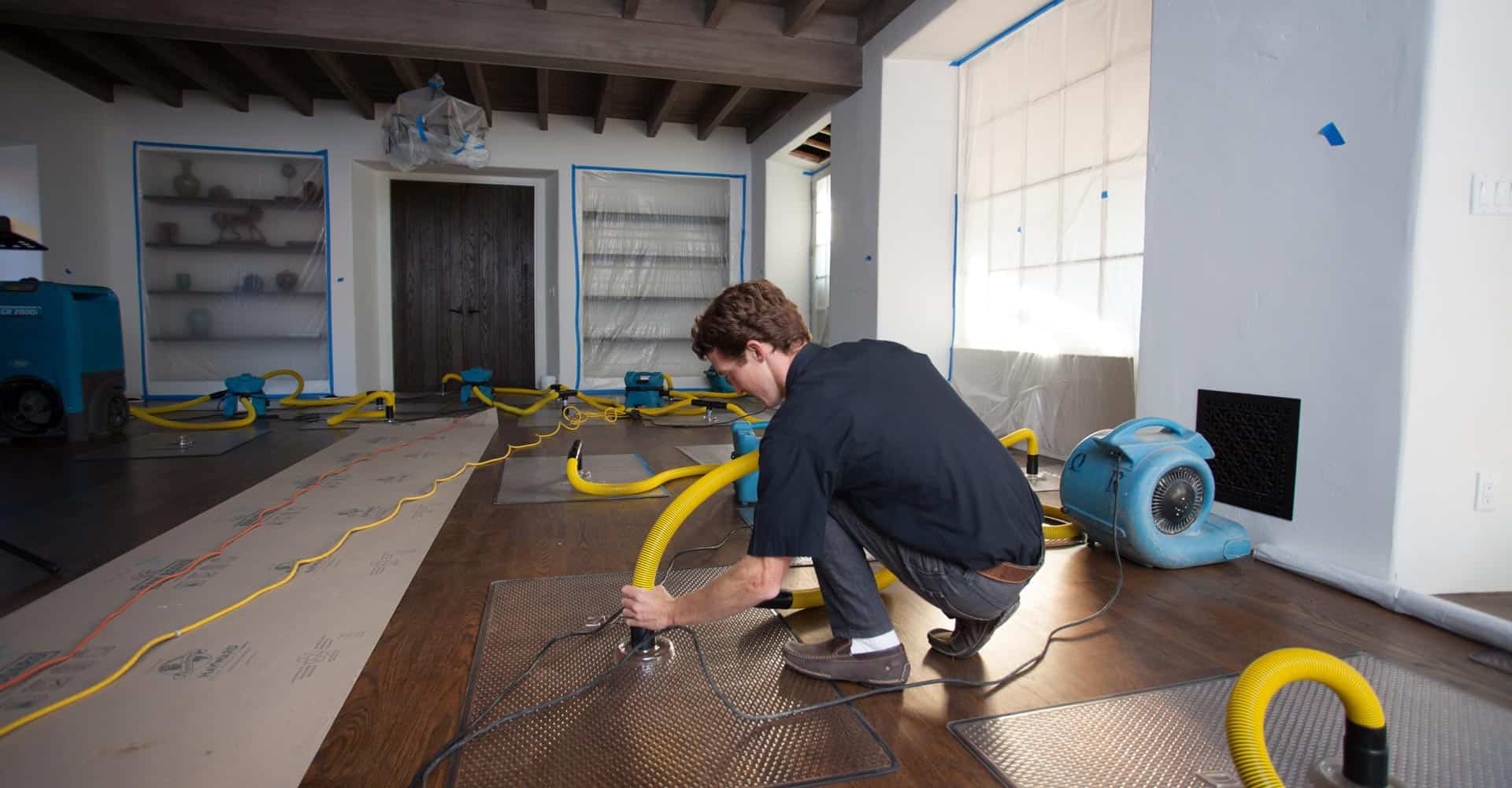Comprehensive Water Damage Restoration Albany NY: Obtain Your Residential Property Back on course!
Comprehensive Water Damage Restoration Albany NY: Obtain Your Residential Property Back on course!
Blog Article
Vital Steps for Efficient Water Damage Remediation in Your Home
Water damages in your home can be an upsetting event that requires prompt attention and systematic repair. When faced with water damages, recognizing the necessary steps to take can make a considerable difference in the outcome of the repair procedure.
Determine the Water Damages Source

To recognize the water damages source, start by visually checking your residential or commercial property for any type of noticeable indicators of water leak or merging. Check areas susceptible to water damages such as cellars, attic rooms, and around pipes components.
In instances where the source of water damage is not promptly noticeable, speaking with a professional water damage remediation business can give knowledge in finding and attending to the underlying reason efficiently. Quickly determining and dealing with the water damage resource is crucial in decreasing the degree of damage and making sure an effective reconstruction process.

Get Rid Of Excess Water
To effectively alleviate water damage in your house, timely removal of excess water is important to protect against further architectural harm and mold development. The very first step in removing excess water is to identify the source and stop the water from getting in the building. Once the resource is controlled, start extracting standing water using specialized equipment such as water pumps, wet/dry vacuums, and dehumidifiers. It is vital to act swiftly, as stagnant water can seep into wall surfaces, floorings, and furniture, causing irreversible damages. Beginning by concentrating on one of the most affected locations and progressively work towards drying the whole space.
When getting rid of excess water, focus on safety and security by guaranteeing that electricity is turned off in flooded locations to avoid electric hazards. By immediately getting rid of excess water, you can considerably reduce the degree of water damages and recover your home to its pre-damaged condition.
Dry Out Affected Areas
Prompt removal of excess water sets the foundation for the next important action in water damages reconstruction: drying out the affected locations thoroughly. Once the standing water has actually been removed, the emphasis changes to drying out the room entirely to stop more damages and mold and mildew development.

Moreover, using specific equipment like moisture meters can aid in recognizing concealed pockets of wetness within walls or flooring, ensuring a comprehensive drying out technique. It is essential to monitor the drying out progression consistently to stop any type of problems or potential mold and mildew invasions.
In cases of extensive water damages, seeking professional aid from water damage restoration specialists is a good idea to guarantee thorough drying out and avoid long-term architectural Home Page issues. Bear in mind, complete drying is crucial to successful water damages restoration and stopping future complications.
Tidy and Disinfect
After drying out the influenced locations, it is important to clean up all surface areas with link soap and water. Using EPA-approved anti-bacterials can assist in neutralizing potential health risks present in standing water or moisture-soaked materials.
When cleansing and disinfecting, it is vital to put on ideal safety equipment such as handwear covers, masks, and safety glasses to guard yourself from any type of dangerous materials. Pay unique attention to locations that are often overlooked, such as hidden corners, wall surface tooth cavities, and under floor covering, as they can nurture moisture and germs, causing mold growth and foul smells if left untreated.
Repair Service and Restore Damaged Areas
After finishing the cleansing and sanitation process, the next critical action in water damages restoration is to fix and restore the harmed locations in your house. When the impacted areas have actually been extensively cleaned up and disinfected, it is important to assess the level of the damages to identify what repairs are necessary. This might involve fixing architectural damage, changing drywall, repairing flooring, or bring back damaged furnishings and personal belongings.
It is crucial to deal with water damages quickly to stop more concerns such as mold development or more helpful hints structural damage. Hiring expert specialists or repair experts can ensure that repairs are done appropriately and effectively. They have the proficiency and tools to handle water damages restoration successfully.
When fixing and bring back harmed locations, it is important to make use of high quality products that are immune to water damage to stop future issues. Furthermore, ensuring appropriate air flow and dampness control in the restored areas can aid prevent mold growth and preserve a healthy and balanced interior environment. By attending to water damages without delay and efficiently repairing and bring back harmed locations, you can ensure the long-lasting safety and security and integrity of your home.
Conclusion
Finally, efficient water damages reconstruction in your house requires identifying the source of the damage, getting rid of excess water, drying affected areas, cleaning and disinfecting, and repairing damaged areas. By following these important steps, you can reduce the effect of water damage and restore your home to its pre-damaged condition. It is vital to act immediately and extensively to avoid more damages and make certain a risk-free and healthy living atmosphere.
Report this page